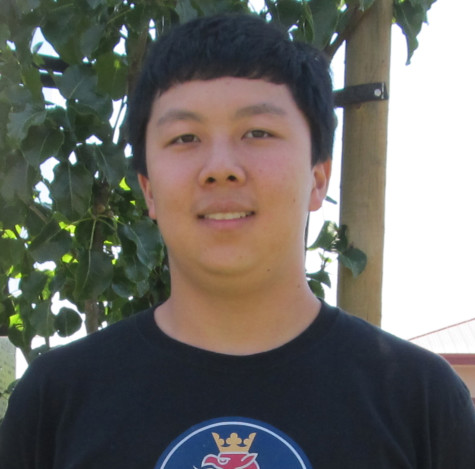A new take on physics class
March 26, 2015
Why is it that physics, an area of science that describes the many exciting phenomena of the physical world, often seems so dry and abstract? Why does such a fascinating field of science seem to lose its charm in the sterile environment of a classroom? In many ways, the traditional format of a physics class does not do this field of science justice. However, the PET class, through its unconventional methods, may be able to release the beauty and excitement of physics from the oppressive chains of whiteboard lectures and scantron tests.
The Physics and Engineering Technology, or PET, is a course taught jointly by architecture and engineering teacher Mike Huntsman and physics teacher Roger Johnson. The course is a combination of a physics class and an engineering class with a hands-on twist.
The class aims to teach the curriculum of a normal physics class using hands-on engineering projects as the basis of instruction. By building various engineering projects throughout the year, such as electrical circuits, paper rockets, Rube Goldberg machines, and carbon dioxide cars (to name a few), students learn about the physics at play behind the scenes of these projects.
A large portion of one’s grade in the class is determined by the engineering projects. Students in PET are expected to successfully finish their projects. If their project fails, the students are expected to start the project over.
“I don’t let students fail in this class,” Mr. Huntsman said.
Mr. Huntsman and Mr. Johnson, split the work of teaching the class by managing different aspects of the course. Mr. Johnson operates the more traditional side of the class, giving lectures, explaining concepts, and giving the occasional physics test.
On the other hand, Mr. Huntsman deals with the hands-on aspect of the class, working with the students on their engineering projects. In order to accommodate these two facets of the course, the class occupies two periods of each day, forming one block-style, two-hour period.
In order to build their elaborate engineering projects, students in the class learn to use engineering computer programs that allow students to design and plan projects. PET gives its students the opportunity to gain experience using the same tools a professional engineer would.
Mr. Huntsman describes the curriculum of PET as very similar to the curriculum of college engineering courses, preparing PET students well for engineering in college and beyond.
The class is considered a physical science course by the school district and in turn yields a physical science credit towards graduation. In addition, the class is an Regional Occupation Program (or ROP) class, which means that it is designed to prepare its students for a certain occupation: in this case, an engineering job. PET is also a UC certified course.
The class is generally made up of juniors and seniors, but sophomores are welcome to waver into the class.
Mr. Huntsman, in addition to teaching PET, also teaches Architectural Design and Intro to Engineering. He is a firm believer in “hands-on” learning and is a certified Career Technology Educator.
Mr. Huntsman said that when he teaches the class, he aims to leave his students with a positive attitude about engineering, and possibly guide them down the path of becoming an engineer.
“Engineers are problem solvers.” Huntsman said. “Without them, our world wouldn’t be where it is today.”











